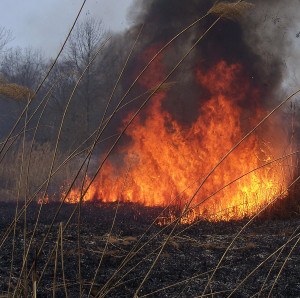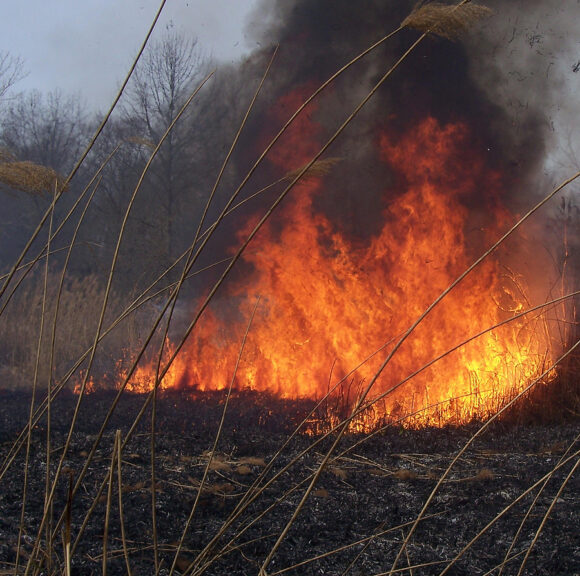As the western U.S. comes off a tough wildfire season, more collaboration is needed to guard against catastrophic fires and to restore charred forests and rangeland, a senior federal official said at a Western Governors’ Association meeting Saturday.
The federal government is accelerating its forest restoration projects and wants communities, utilities and others involved in similar efforts, said Harris Sherman, an undersecretary of the U.S Department of Agriculture who oversees the U.S. Forest Service.
“We are seeing far larger, more intensive fires – more catastrophic fires, the type that bakes the soil,” Sherman said, painting a stark picture of how the country’s fire seasons are progressing.
Wildfires burned a near-record 9.1 million acres in the United States this year. Fourteen fires – nearly all in the West – burned more than 100,000 acres.
Conditions are worsening, too. The fire season now last about two months longer than in past decades. The snowpack is disappearing more rapidly than in the past. And the country is seeing more “red-flag days” in which winds and temperatures are high and humidity is low, Sherman said.
“We have had a really rough summer,” he said at the meeting in the Phoenix suburb of Paradise Valley.
The amount of work and costs of battling fires also are enormous. At least a third of the 193 million acres within the Forest Service’s jurisdiction are in need of restoration. This year, the Forest Service’s fire budget was about $950 million, but the agency ended up spending $1.4 million suppressing fires, Sherman said.
Sherman said the federal government is pursuing much larger restoration projects than in the past. Traditionally, Washington’s restoration projects were done in small increments, such as 500 acres. Today, the government is focusing on massive projects, such as restoring 750,000 acres in Arizona.
One example of collaboration cited by Sherman was between Washington and Denver splitting the costs of dredging a city reservoir that was polluted as a result of fire. The result was that 40,000 acres of land in five drainage basins are being restored. Sherman also cited a voter-approved measure in Flagstaff to protect the city’s water supply.
He also cited discussions with electric utility operators who are interested in restoration efforts as a way to protect power transmission lines from damage from fire.
Idaho Gov. C.L. “Butch” Otter said he thinks collaboration from communities needs to start before disaster hits.
Otter said certain Idaho communities didn’t want to take funding for wildfire preparations, so he upped the percentage of matching funds that those communities would need to provide in such projects, Otter said.
“That has changed a lot of attitudes in Idaho,” Otter said.
Was this article valuable?
Here are more articles you may enjoy.


 Oracle Tells Clients of Second Recent Hack, Log-In Data Stolen
Oracle Tells Clients of Second Recent Hack, Log-In Data Stolen  Trump’s Tariffs Send Deliberate Shock to Heart of Global Economy
Trump’s Tariffs Send Deliberate Shock to Heart of Global Economy  Bankruptcy Judge Shoots Down $10 Billion J&J Settlement
Bankruptcy Judge Shoots Down $10 Billion J&J Settlement  Hedge Funds Are Hunting Deals in Risks Too Big for Insurers
Hedge Funds Are Hunting Deals in Risks Too Big for Insurers 